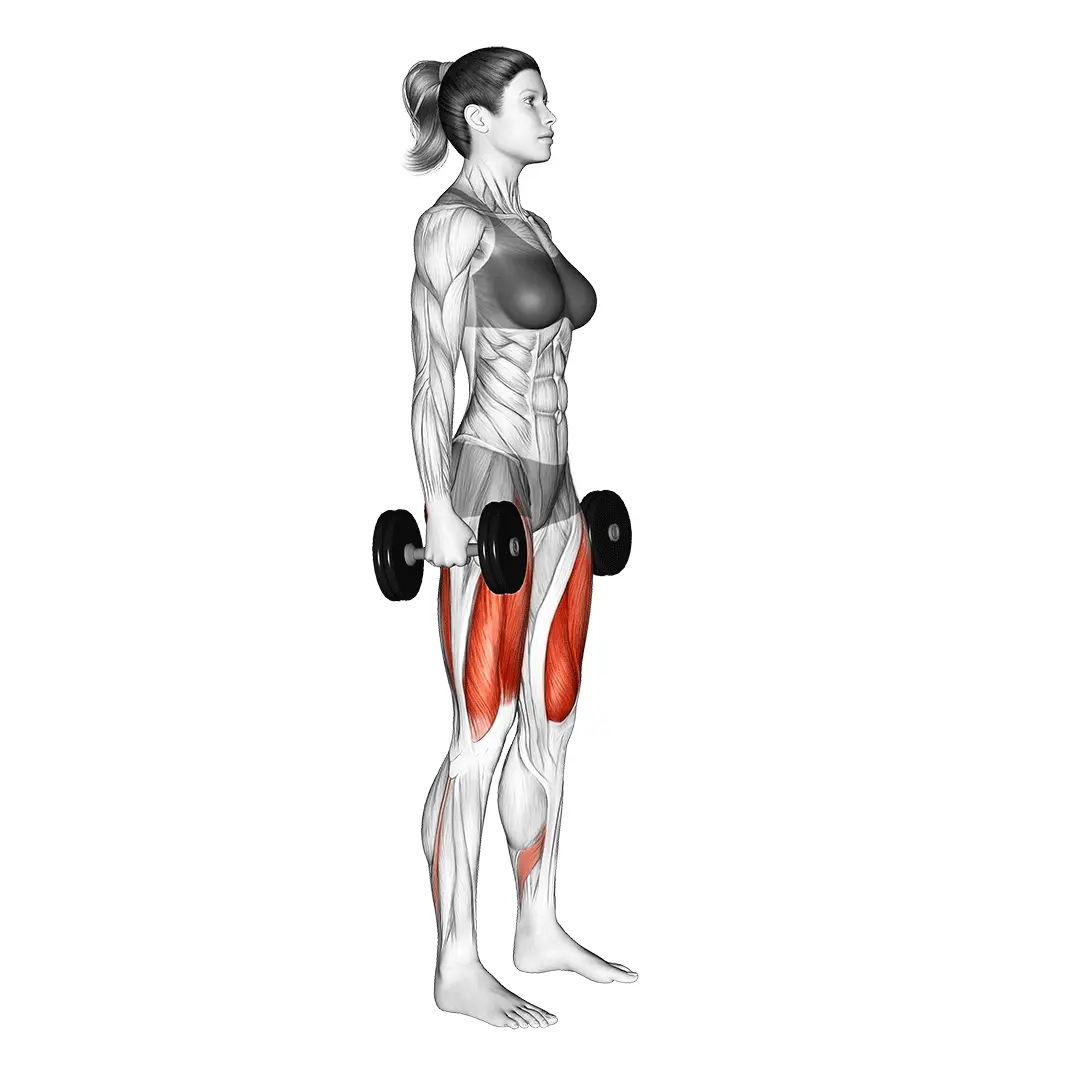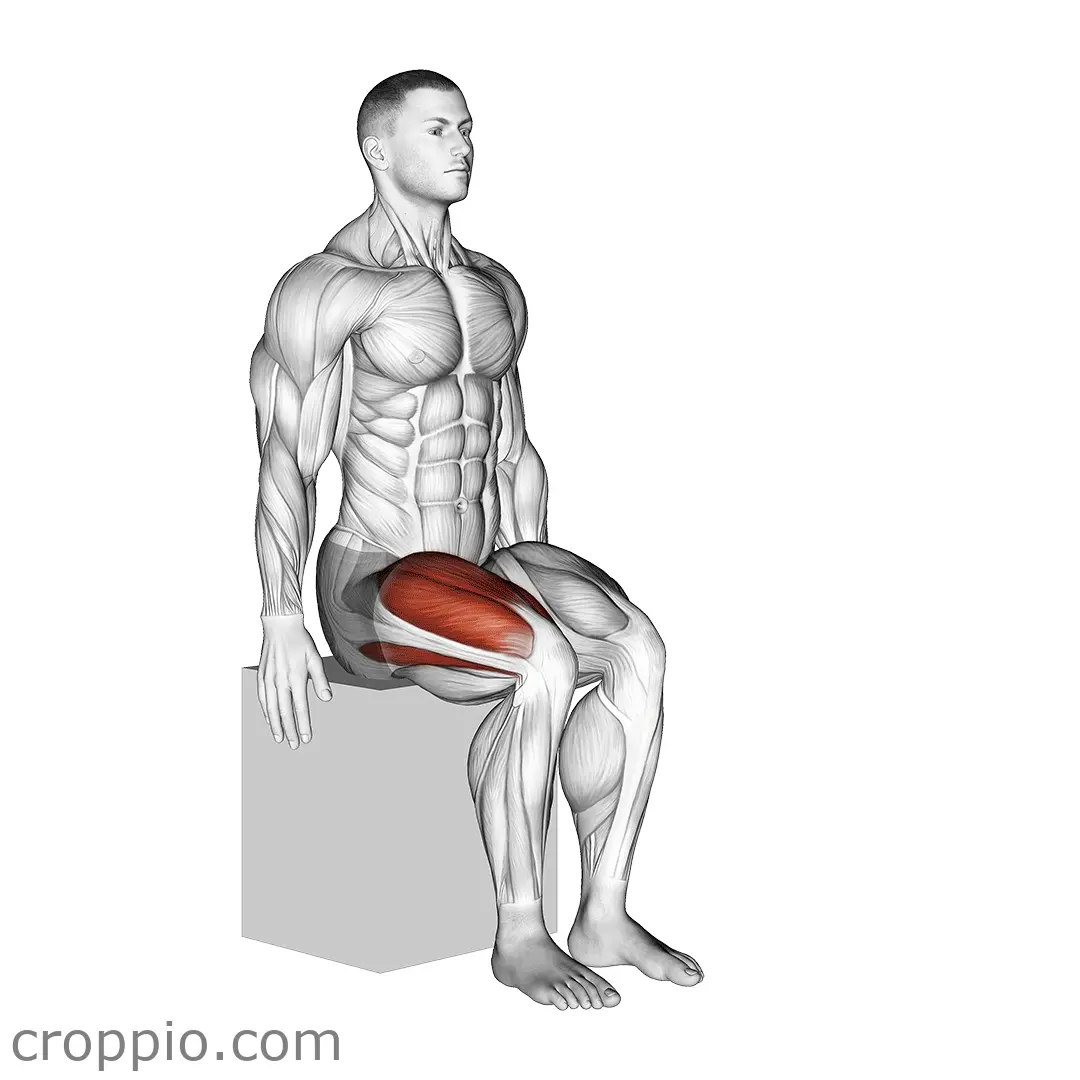Barbell Full Squat

Muscles Involved
The barbell full squat is an excellent compound exercise that engages multiple muscle groups, making it an effective addition to any strength training regimen. The primary muscles targeted in this exercise include the quadriceps, hamstrings, and gluteus maximus. The quadriceps, located at the front of the thigh, are primarily responsible for extending the knee joint. The hamstrings, situated at the back of the thigh, aid in knee flexion and hip extension. The gluteus maximus, the largest muscle in the buttocks, plays a crucial role in stabilizing the hips and extending the pelvis. Additionally, secondary muscles involved include the erector spinae, which stabilize the spine, and the calves, which support the ankle joint during the squat.
Top Mistakes
- Allowing the knees to collapse inward, which can lead to injury.
- Failing to maintain a neutral spine, resulting in improper form.
- Not going low enough, which limits the effectiveness of the squat.
- Raising the heels off the ground, which compromises balance and stability.
Execution Tips
- Start with your feet shoulder-width apart and the barbell resting comfortably on your upper back.
- Engage your core throughout the movement to support your lower back.
- Keep your chest up and back straight as you descend into the squat.
- Lower your body until your thighs are parallel to the ground or below, ensuring your knees track over your toes.
- Push through your heels to return to standing, straightening your legs without locking your knees at the top.
Workouts
Incorporating the barbell full squat into your workout routine can yield significant strength gains. A general recommendation would be to perform 3 to 5 sets of 6 to 10 reps, depending on your fitness level and goals. To further enhance your leg development, you might consider pairing it with complementary exercises such as deadlifts, lunges, or leg presses. Additionally, incorporating mobility work for the hips and ankles can help improve your squat depth and overall form.
Conclusion
The barbell full squat is a powerful exercise that not only builds strength in the lower body but also engages the core, promoting overall body stability and muscular balance. By mastering the proper technique and avoiding common mistakes, you can effectively incorporate this exercise into your fitness routine, ultimately enhancing your strength, power, and athletic performance.



